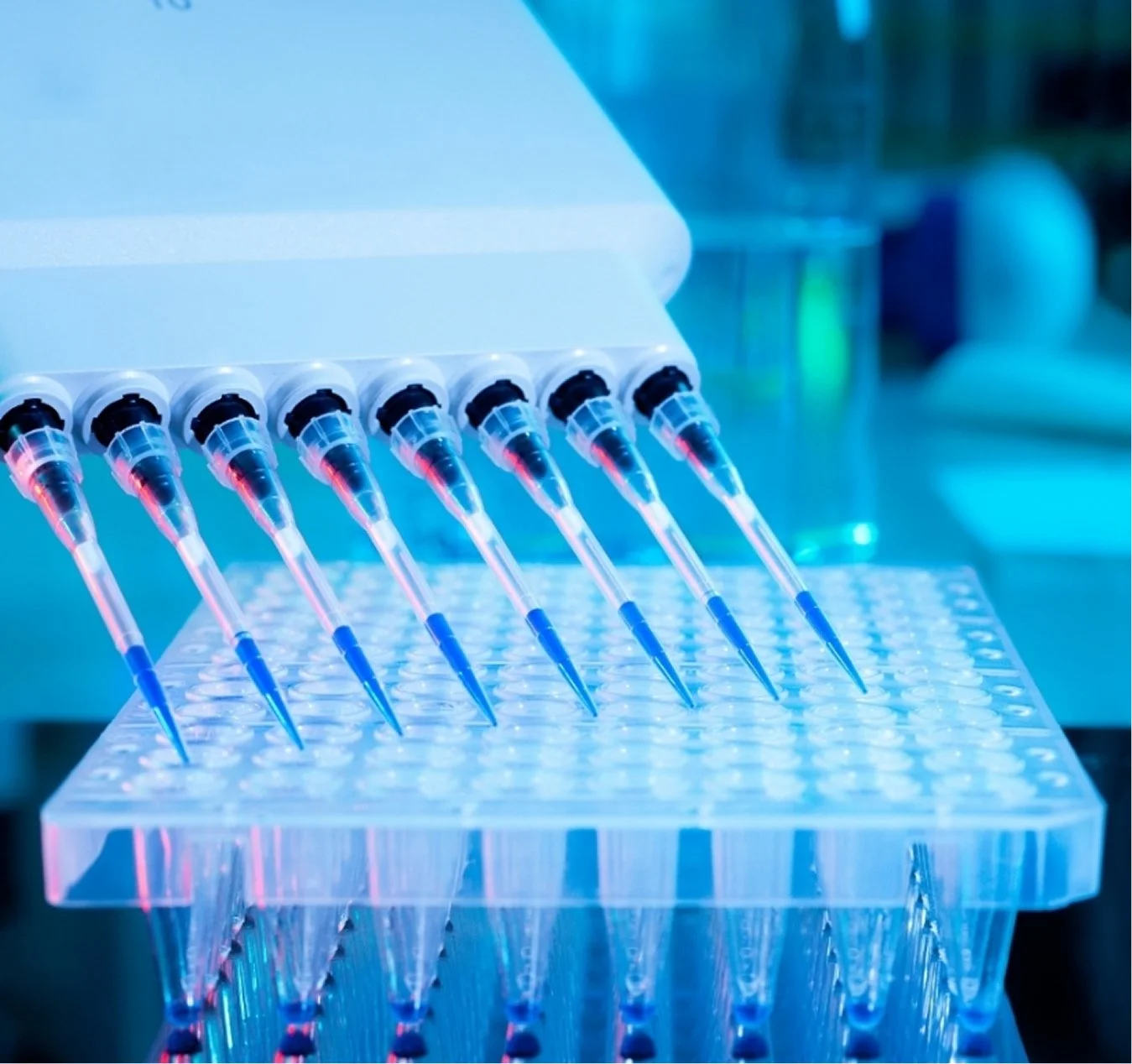 Image 1 of 1
Image 1 of 1


Human Haptoglobin ELISA Kit
SIZE
96 wells/kit
INTRODUCTION
Human haptoglobin is an acute-phase glycoprotein produced predominantly by liver. It is composed of two a subunits (M.W. 16-23 kDa) and two b subunits (M.W. 35-40 kDa). Haptoglobin can bind to free hemoglobin released from lysed erythrocytes and prevent the formation of free radical superoxide that can be formed by the reaction of oxygen and iron from hemoglobin. It is also known to be involved in immune regulation and anti-inflammation. Elevated amount of haptoglobin is observed during infections and inflammations, obesity, tissue damage etc. Hence, haptoglobin is used as a biomarker to detect acute allograft rejection, proliferative diabetic retinopathy (PDR) and diabetic kidney disease (DKD). Additionally, low haptoglobin levels are mainly observed during hemolytic anemia.
PRINCIPLE OF THE ASSAY
This assay is a quantitative sandwich ELISA.The micro-plate is pre-coated with a rabbit polyclonal antibody against human haptoglobin. Standards and samples are pipetted into the wells and any human haptoglobin present is bound by the immobilized antibody. After washing away any unbound substances, a horseradish peroxidase (HRP)-linked polyclonal antibody specific for human haptoglobin is added to the wells. After the last wash step, an HRP substrate solution is added and colour develops in proportion to the amount of human haptoglobin bound initially. The assay is stopped, and the optical density of the wells are determined using a microplate reader. Since the increase in absorbance is directly proportional to the amount of captured human haptoglobin, the unknown sample concentration can be extrapolated from a reference curve included in each assay.
SIZE
96 wells/kit
INTRODUCTION
Human haptoglobin is an acute-phase glycoprotein produced predominantly by liver. It is composed of two a subunits (M.W. 16-23 kDa) and two b subunits (M.W. 35-40 kDa). Haptoglobin can bind to free hemoglobin released from lysed erythrocytes and prevent the formation of free radical superoxide that can be formed by the reaction of oxygen and iron from hemoglobin. It is also known to be involved in immune regulation and anti-inflammation. Elevated amount of haptoglobin is observed during infections and inflammations, obesity, tissue damage etc. Hence, haptoglobin is used as a biomarker to detect acute allograft rejection, proliferative diabetic retinopathy (PDR) and diabetic kidney disease (DKD). Additionally, low haptoglobin levels are mainly observed during hemolytic anemia.
PRINCIPLE OF THE ASSAY
This assay is a quantitative sandwich ELISA.The micro-plate is pre-coated with a rabbit polyclonal antibody against human haptoglobin. Standards and samples are pipetted into the wells and any human haptoglobin present is bound by the immobilized antibody. After washing away any unbound substances, a horseradish peroxidase (HRP)-linked polyclonal antibody specific for human haptoglobin is added to the wells. After the last wash step, an HRP substrate solution is added and colour develops in proportion to the amount of human haptoglobin bound initially. The assay is stopped, and the optical density of the wells are determined using a microplate reader. Since the increase in absorbance is directly proportional to the amount of captured human haptoglobin, the unknown sample concentration can be extrapolated from a reference curve included in each assay.

